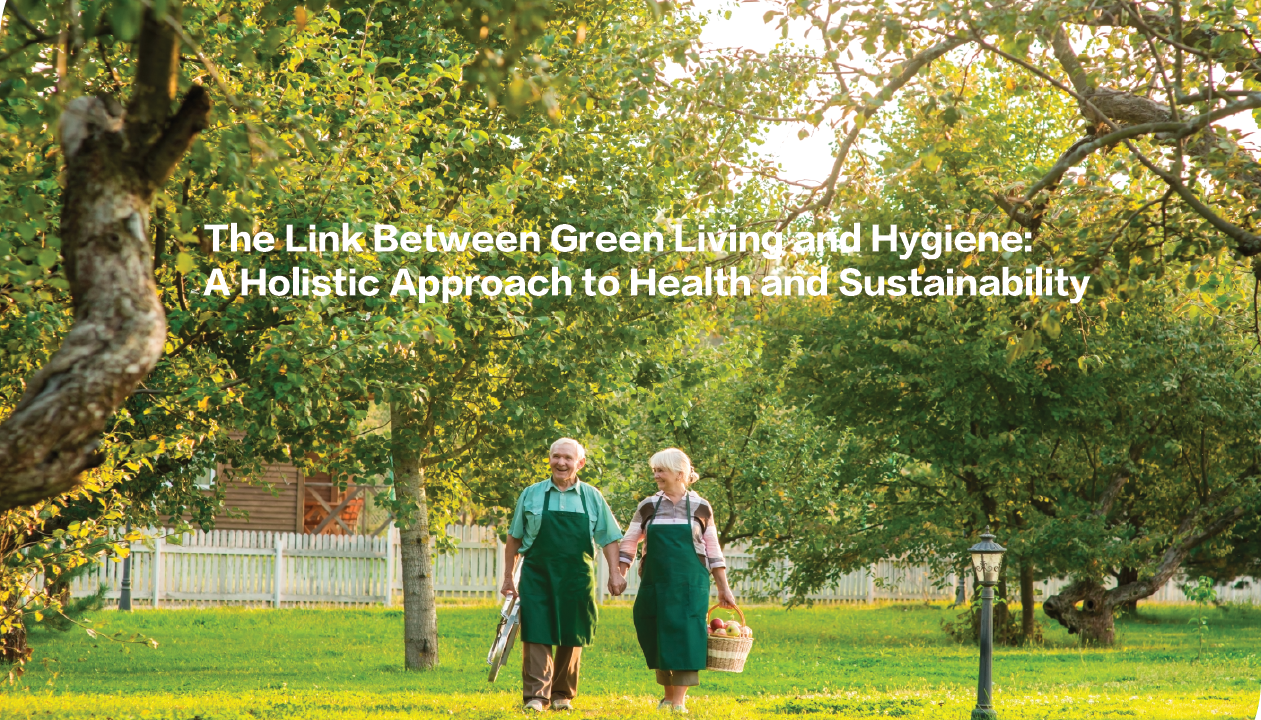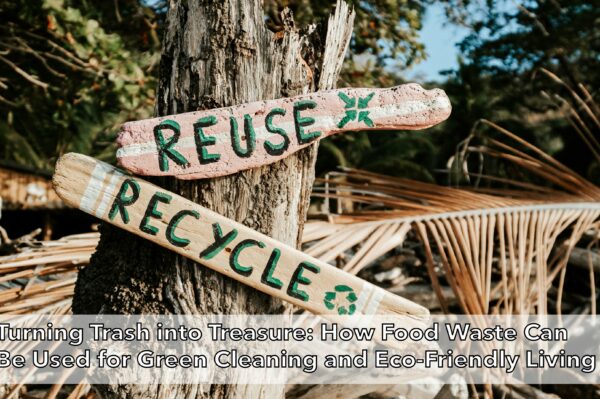Living a green lifestyle and maintaining good hygiene go hand in hand, contributing to both personal health and environmental sustainability. By adopting eco-friendly habits that promote cleanliness and reduce waste, we not only improve our health but also minimize our impact on the planet. Here’s how green living and hygiene are interconnected and how they work together to create a healthier, more sustainable lifestyle.
1. Eco-Friendly Hygiene Products
One of the key areas where green living meets hygiene is in the choice of personal care products. Many conventional hygiene products, from soaps to toothpaste, contain harmful chemicals and come in single-use plastic packaging. Opting for eco-friendly alternatives, such as biodegradable soaps, bamboo toothbrushes, and packaging-free shampoos, reduces plastic waste and lowers our exposure to potentially harmful ingredients. Many eco-conscious brands now offer organic and natural ingredients that are gentle on both skin and the environment, proving that effective hygiene doesn’t have to come at a cost to the planet.
2. Reducing Water Waste
Green living practices also emphasize water conservation, an essential element of both hygiene and environmental sustainability. Activities like showering, brushing teeth, and washing hands require water, and simple adjustments can make a big difference in reducing water usage. For instance, using low-flow faucets and showerheads, turning off the tap while brushing teeth, and taking shorter showers are easy habits that conserve water without compromising cleanliness. In areas with water scarcity, these habits are especially important and align personal hygiene with the goal of sustainable water usage.
3. Natural Cleaning Solutions for Home Hygiene
Household cleaning is another area where eco-friendly practices and hygiene meet. Traditional cleaning products often contain harsh chemicals that can be harmful to both health and the environment. Using natural cleaning solutions, such as vinegar, baking soda, and lemon, can be equally effective while reducing the release of toxins into the air and water. Green cleaning reduces the risk of allergic reactions and skin irritations, making it a safer choice for households with children, pets, or individuals with sensitivities. Furthermore, these natural options are biodegradable, reducing pollution and supporting overall environmental health.
4. Sustainable Laundry and Clothing Care
Eco-friendly laundry practices are becoming more popular as people look to reduce their environmental footprint. Washing clothes at lower temperatures, using biodegradable detergents, and air-drying garments whenever possible are simple steps that reduce energy use and prevent the release of microplastics into water systems. Additionally, eco-friendly laundry routines often lead to better clothing hygiene and longevity, as gentle washing methods are less likely to damage fabrics. By combining these methods, we maintain cleanliness while supporting sustainable practices.
5. Hygiene in Waste Management
Proper waste management is a cornerstone of green living and plays a crucial role in maintaining hygiene in our surroundings. Sorting and recycling waste, composting organic matter, and properly disposing of hazardous materials, like batteries and electronics, reduce landfill contributions and pollution. These practices create cleaner, healthier communities and help reduce the spread of germs. In addition, using compost bins and separating organic waste can support sustainable waste disposal while keeping the home cleaner and odor-free.
6. Green Transportation and Air Quality
Choosing eco-friendly modes of transportation, like walking, biking, or using public transit, contributes to both environmental health and personal hygiene. Reducing car emissions improves air quality, which benefits respiratory health and lowers the risk of pollution-related illnesses. Cleaner air leads to a more hygienic environment, as pollutants in the air can irritate the skin and respiratory system. Embracing green transportation options promotes a cleaner atmosphere, contributing to a healthier lifestyle.
7. Organic and Plant-Based Diets for Inner and Outer Health
Good hygiene extends beyond cleaning habits—it includes what we put into our bodies. Plant-based and organic diets reduce exposure to pesticides and promote better overall health, which can contribute to clearer skin, stronger immune systems, and improved gut health. These benefits directly tie into personal hygiene, as a healthier body is more resilient against common infections. Consuming organic produce and supporting local farmers also aligns with green principles by reducing the carbon footprint associated with food production and transportation.
Conclusion: A Balanced, Sustainable Approach
The connection between green living and hygiene demonstrates how small, intentional choices can positively impact both personal health and environmental well-being. From reducing waste and conserving water to using natural products, adopting these habits creates a clean, healthy lifestyle that respects our planet. As we become more aware of the link between hygiene and sustainable practices, we’re better equipped to make choices that protect our health and support a greener, cleaner world for future generations.



